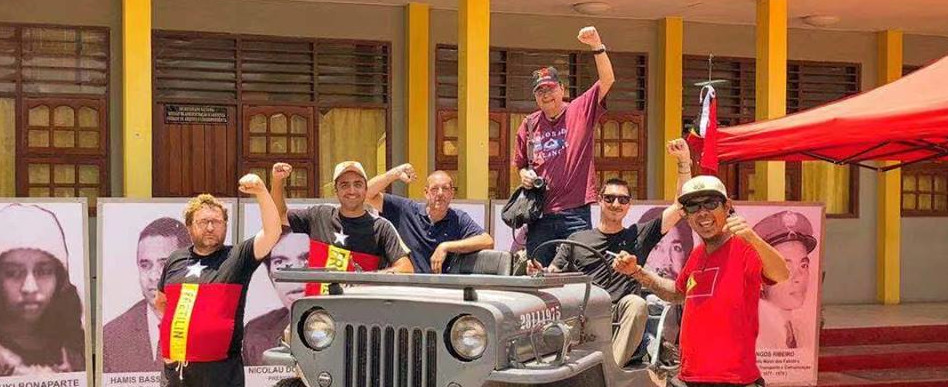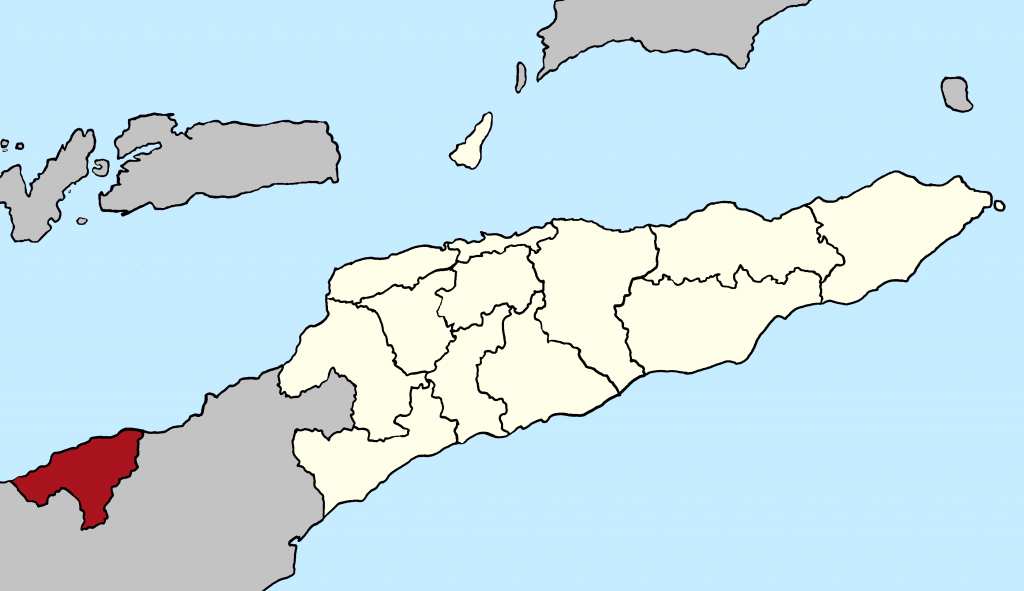East Timor/Timor-Leste is one of the world’s newest countries, having only become an independent state as of the 20th May 2002. In all the time leading up to this, they have variously been under colonisation by the Netherlands, Indonesia and Portugal, leading all the way back to their invasion by Portugal in 1769. With so many foreign powers involved, it’s hard to get an idea of where its own local identity lies or hell, even why it’s specifically East Timor. To get to grips with the meaning of the name, we’ll have to take a closer look at the history.

History of the country
Timor is an island north of the Timor sea and located very close to the islands that make up Indonesia, with West Timor remaining under Indonesian control. To better account for this discrepancy, it used to be that West Timor was owned by the Dutch and East Timor was owned by the Portuguese, having been in colonial dispute over the exact boundaries up until 1914. With centuries of colonial rule dividing the country roughly down the middle, it’s no wonder that attitudes and culture would eventually become borderline irreconcilable. Closely reflecting this fact, while West Timor is reported as being roughly 58% Protestant and 37% Catholic, it is 98% Catholic and 1% Protestant, more closely reflecting the religious divide of their ex-colonial powers, with much of the small remainder being Muslim, reflecting the Indonesian control.
When the Danish Empire was crumbling in 1949, the former Danish colonies of the Netherlands East Indies became Indonesia, taking West Timor with it. Meanwhile, East Timor remained a Portuguese colony right up until 1974, when a revolution overthrew the Portuguese authorities and a civil war led to official independence in 1975. This independence lasted approximately nine days before Indonesia, seeing an opportunity for expansion and the removal of a potential threat, invaded the country and occupied it. By 1976, it had officially become Indonesia’s 27th province.
Indonesian rule was marked by brutality, with over a hundred thousand deaths between the invasion and independence in 2002. When Indonesian president Suharto resigned in 1999, measures were soon put in place to facilitate a referendum in which the Timorese people could decide their future. Overwhelmingly, the populace voted for independence and East Timor became an independent state. But then, how does this relate to Timor-Leste?

Meaning of ‘Timor’ and ‘Leste’
Timor is another way of saying ‘timur’, which is a Malay word meaning ‘east’, referring to Timor’s position as the easternmost part of the Lesser Sunda Islands. So this means East Timor means… East East. Perhaps the ridiculousness of that knowledge is why Timor-Leste has grown to prominence. Except, Leste is a Portuguese word meaning… East. You’re damned if you do and you’re damned if you don’t.
There is, however, a reason for the assertion of Timor-Leste as the official name, despite the apparent redundancy. After such a long period of colonisation, Portuguese became and remains an official language of the country, sharply distinct from West Timor’s primary usage of Indonesian. Even the indigenous language of the region, Tetum, has a great degree of Portuguese words within its modern vocabulary, making it impossible to ignore the inherent link. Thus an assertion of Timor-Leste is at least in part, an assertion of national identity through language, much the same as Côte d’Ivoire is to the Ivory Coast. Additionally, Timor-Leste is the officially recognised name of the country by itself, the Democratic Republic of Timor-Leste.
Should you ever find yourself talking about the country or even visiting it and want to know which name to call it, either works fine. But to stay official, perhaps lean towards Timor-Leste. Keeping in mind of course that both names are rather redundant.
If you would like to visit East Timor/Timor-Leste yourself and find out what all the fuss is about, you can join us on our next tour! Meanwhile if you’re curious about learning a little more of East Timor’s unique place in the world, check out our blog on six exclaves, including Oecusse, the East Timor territory stuck in the west!






